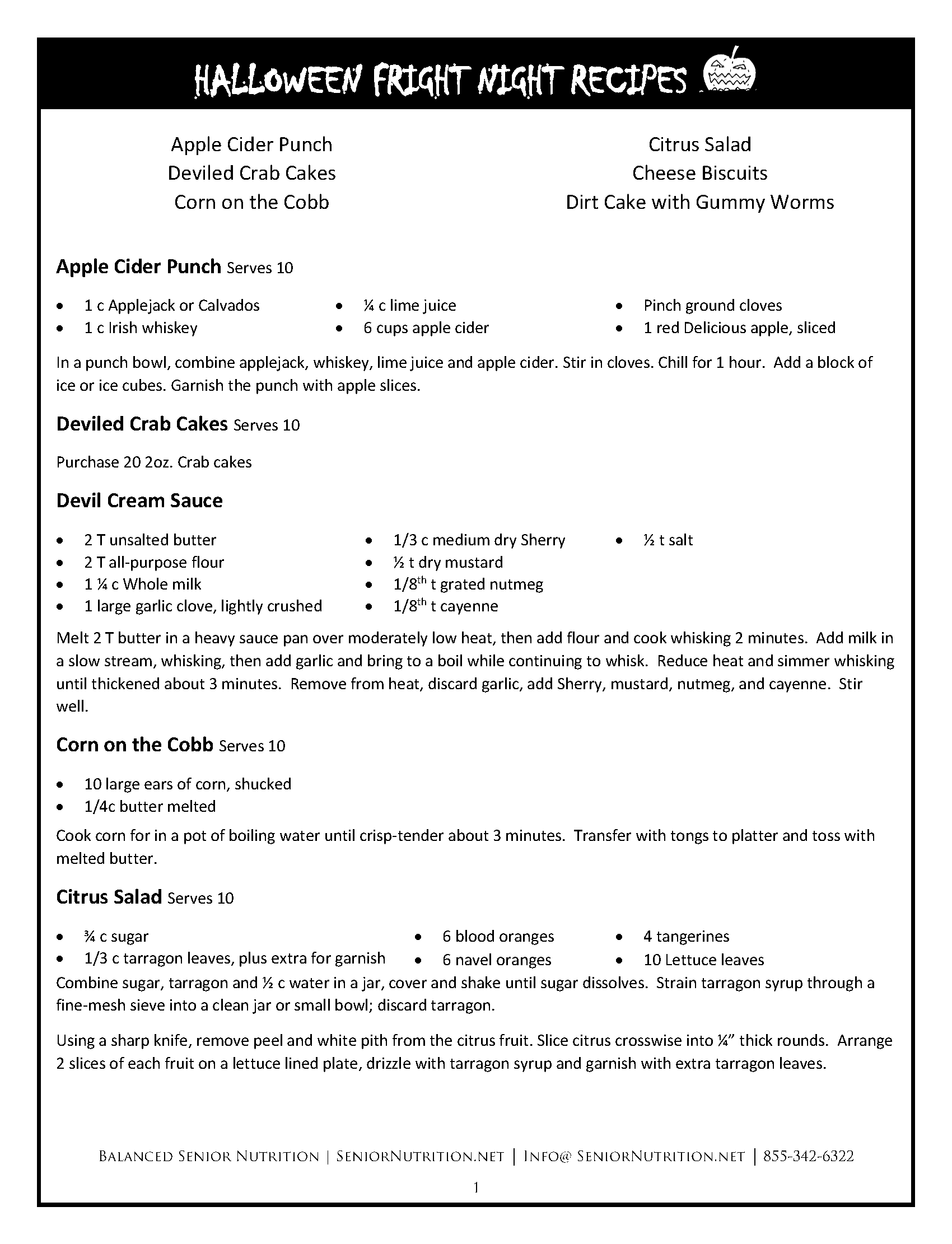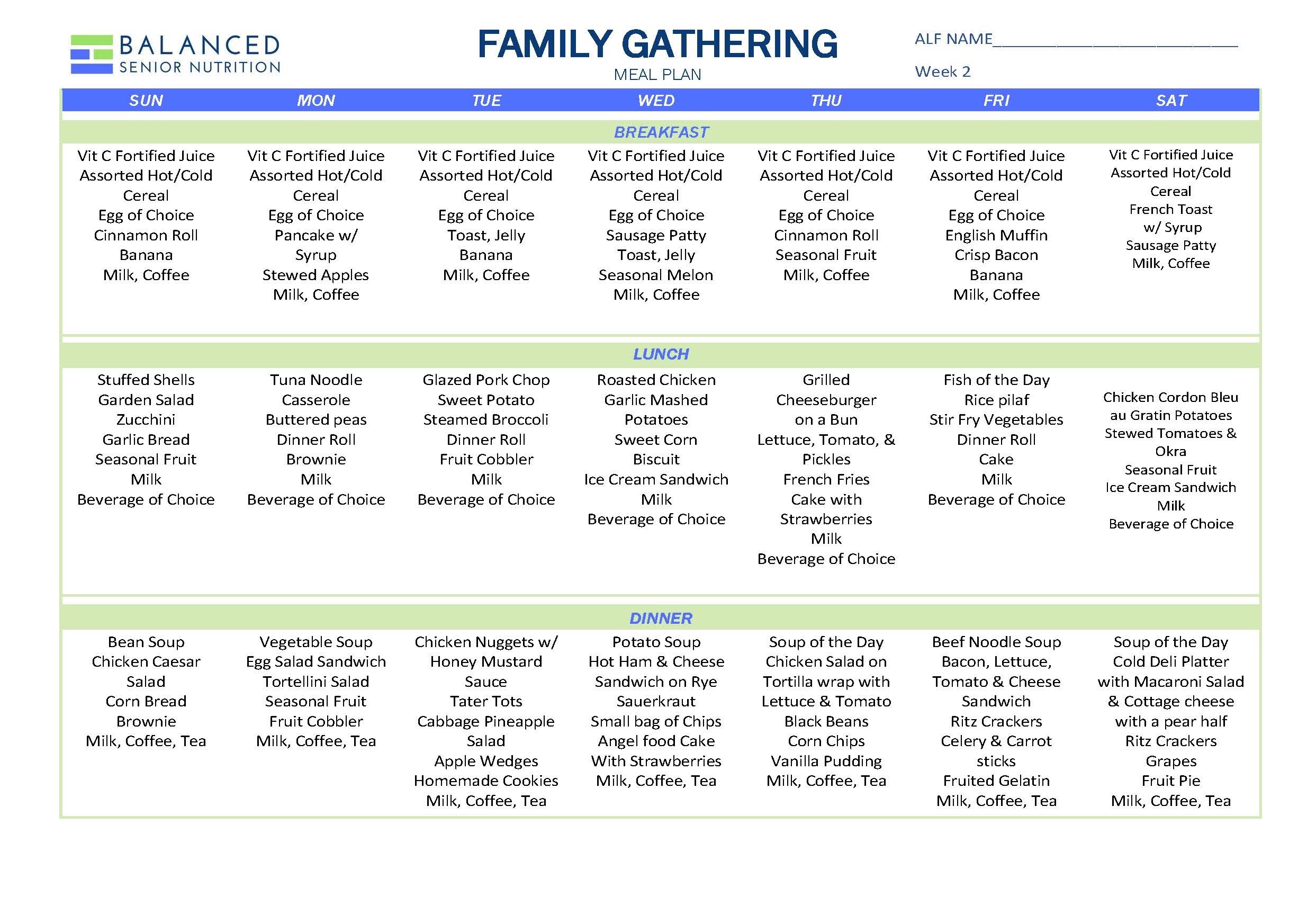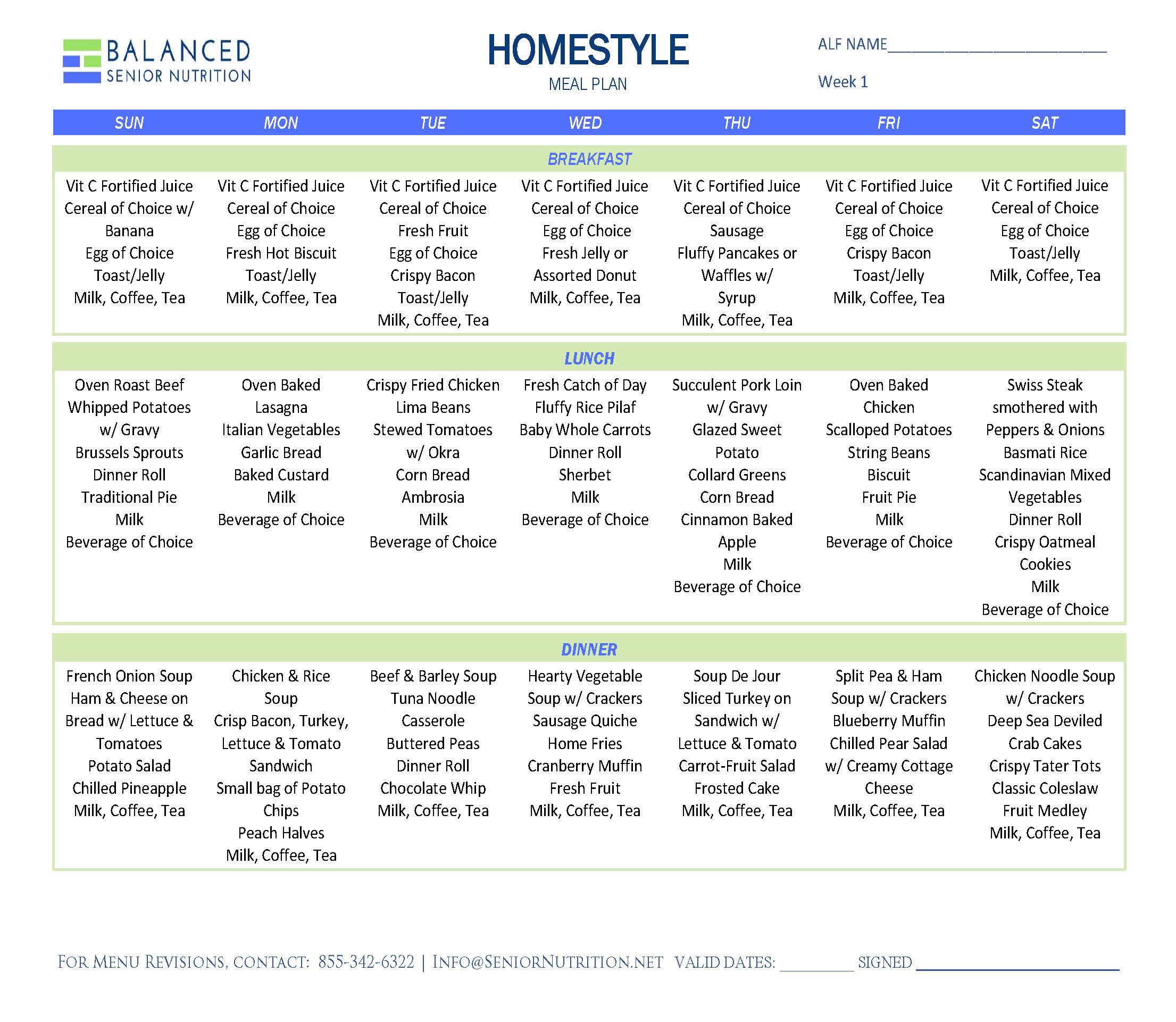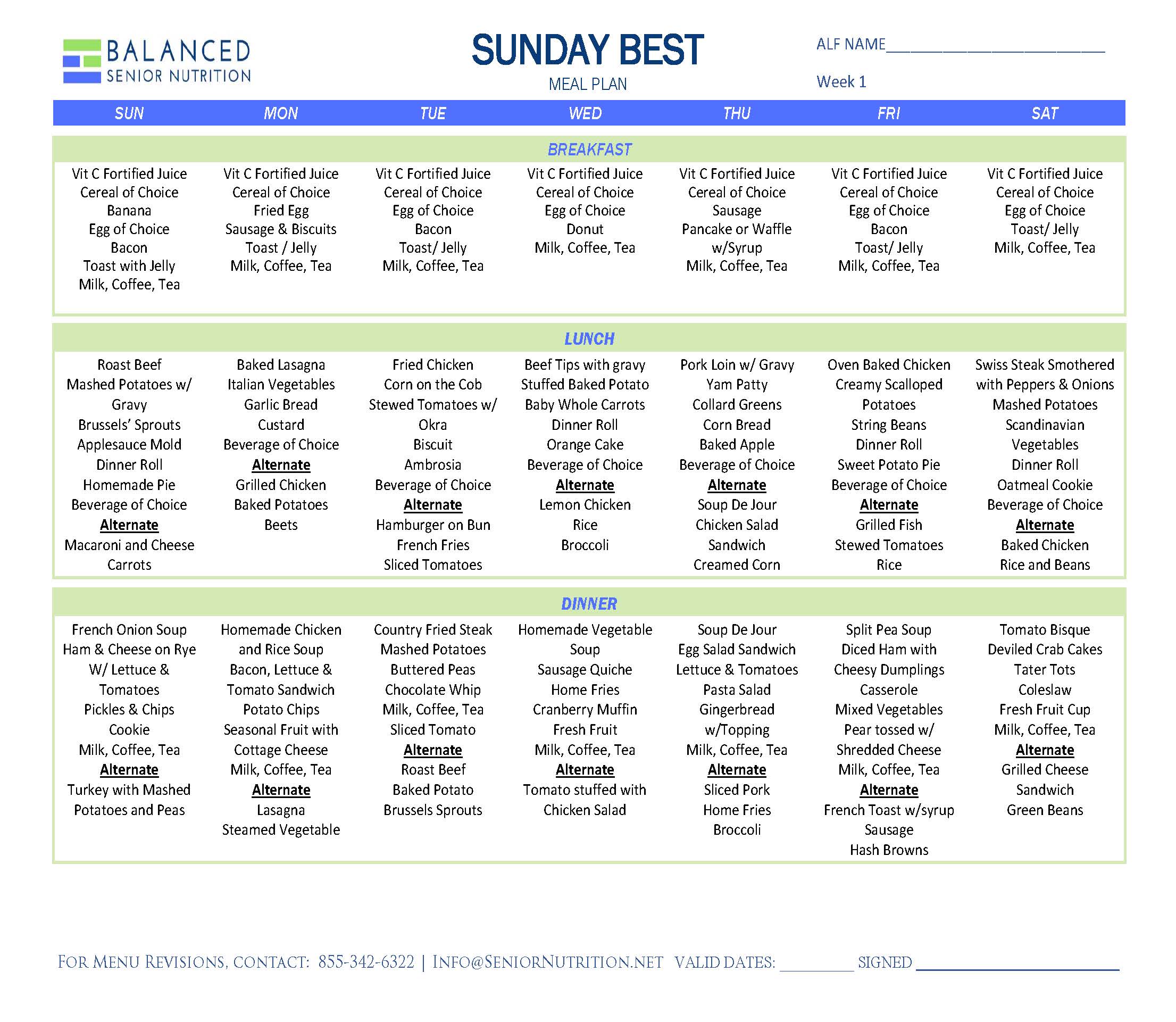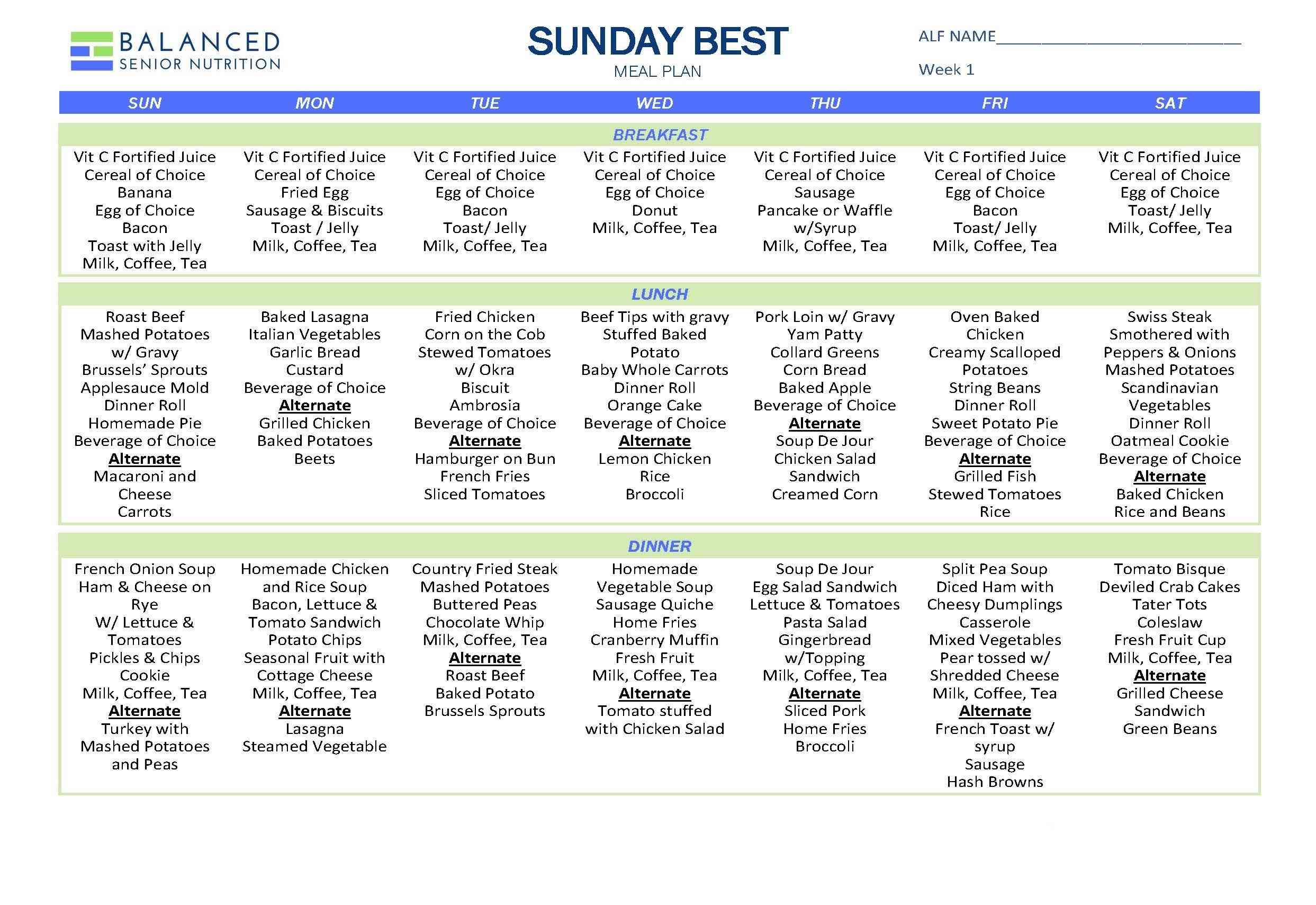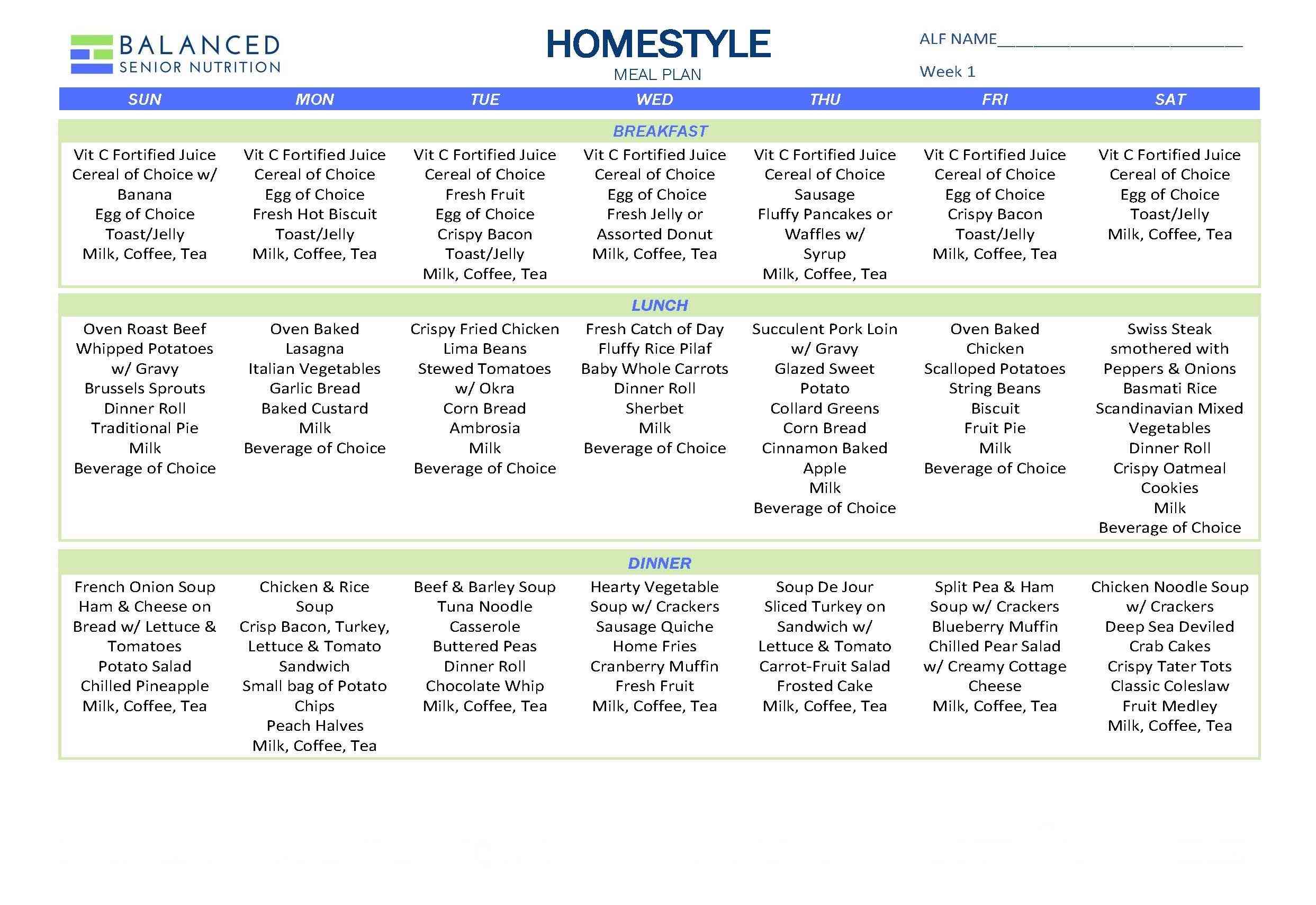Nobody wants to eat mushy vegetables.
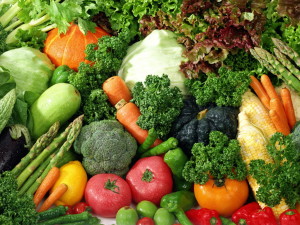
Yes, we know that it is important to get in the daily allowance of vegetables, but when cooking on a large scale, it can be hard to make vegetables look appealing like they do in gourmet restaurants. If our residents see a big pile of mushy vegetables on their plates, they are not likely to get their daily allowance, and their overall nutrition will suffer. Although there are certain vegetables that just may never look appetizing, like cauliflower due to its inherently bland color, it is important to balance their appearance with a plateful of food that is colorful and varied. When preparing vegetables in large quantities, there are steps that your kitchen staff can take to allow for crisper, better-looking vegetables that your residents will actually want to eat. While you are ensuring that the vegetables are staying crisp and more appetizing, you will also achieve better nutritional benefits by preventing nutrient loss!
Preparation Tips:
1. Wash vegetables before cutting to prevent the loss of water-soluble vitamins; this will also serve to reduce water retention.
2. Wait to cut vegetables just before cooking, rather than letting them sit longer in water and reducing their crunch factor.
3. Vegetables cut into small pieces are not preferable: this increases the exposed area which increases the chance of them becoming mushy.
4. Be conservative when removing the skins of vegetables.Oftentimes vital nutrients are present just below the skin.
5. Use acidic foods such as lemon to minimize the loss of color in vegetables instead of soda.
Cooking Tips:
1. Minimize the use of water for cooking. Avoid the habit of pouring large quantities of water and then cooking for a long time to reduce the water. This prevents the loss
of water-soluble vitamins and at the same time saves the fuel used to cook the food.
2. Some nutrients that are found in vegetables are easily destroyed by cooking and by exposure to light and air. Discover which vegetables your residents are more likely to eat raw and serve them raw instead.
3. Boiling is a preferred method of preparation to frying. Cooking at high temperatures can deprive vegetables and other foods of vital nutrients.
4. Cook green leafy vegetables without adding any extra water since they have high moisture content and can be cooked in their own water.
5. Wait until water is boiling to add vegetables, rather than adding them to cold water and then boiling them for longer.
6. When possible, steam vegetables to help them retain their natural shape, color, and consistency. Make sure that vegetables are cut into consistently sized chunks so that all of the pieces are cooked at the same rate. Remove steamed vegetables while there is still some crunch in the center; by the time that they make it to the table, they will be perfectly cooked and yet not mushy.
- When steaming vegetables, please follow these general guidelines:
- Peas: 3 minutes
- Spinach: 3 minutes
- Green Beans: 5 to 7 minutes
- Broccoli and Cauliflower: 5 to 7 minutes
- Collards and Kale: 10 minutes
- Squash and Potatoes: 8 to 20 minutes
- Carrots: 8 to 20 minute
7. Holding vegetables on the trail line or steam table longer than 15-20 minutes will over cook vegetables, making them mushy, and thus unappetizing for your residents.
Did you know that:
- Soaking food in water dissolves water-soluble vitamins and
minerals? - Some vitamins are destroyed by exposure to air?
- Considerable destruction for nutrients can come from
exposure to light? - Heating food causes nutrient loss, especially vitamin C?
- Too much acid (lemon juice) or base (soda) can break down nutrients
sensitive to pH levels?
By understanding that how food is prepared can actually affect its nutritional value is the first step towards ensuring the healthy balanced diets of your residents. Using the aforementioned tips, you can round out your nursing home menus with vegetable choices that seniors will enjoy eating, and will benefit from eating as well.


